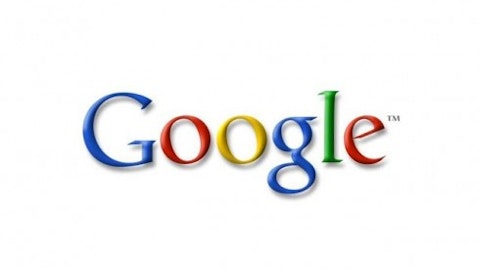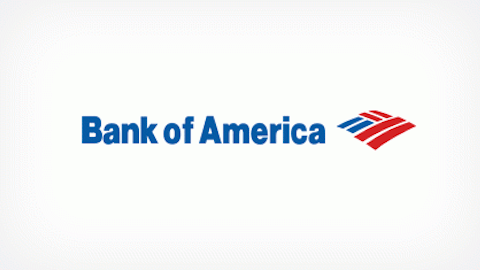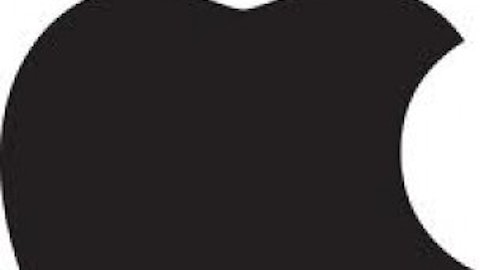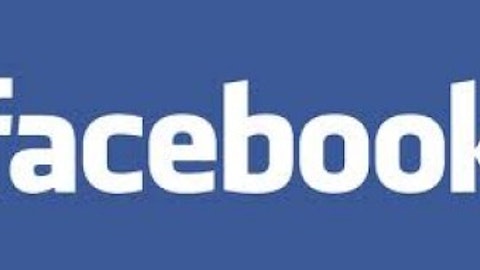The national banking alternative
President Franklin D. Roosevelt signed the Federal Credit Union Act into law on June 26, 1934. Credit unions had been first established in New Hampshire in 1909, but until the 1934 Act there had been no national system of chartering and oversight for the nonprofit, community-owned bank alternatives. The Act created the Bureau of Federal Credit Unions for these purposes, and this agency operated until 1970, when it was replaced by the National Credit Union Administration. Today, there are more than 6,800 federally insured credit unions, managing $1 trillion in combined assets, for 94 million members across the United States.
The code of commerce
The first Universal Product Code was scanned from a pack of Wrigley’s chewing gum at a supermarket in Troy, Ohio on June 26, 1974. It was the culmination of nearly three decades of development and an intense competition between rival tech firms, and it would bring to a close the era of inefficient and imprecise retail inventory control.
Bar codes, as they’re popularly known, were first devised in the late 1940s by Drexel graduate students Bernard Silver and Norman Woodland. Their great breakthrough came on a Florida beach, when Woodland scratched out a form of Morse code on the sand. By elongating the dots and dashes, he arrived at a simple, elegant way for optical readers to quickly scan codes from many angles. The pair eventually developed an early prototype that, after patenting, almost wound up in International Business Machines Corp. (NYSE:IBM)‘s hands before being sold to RCA.
Neither company could do much with the bar code for years until the underlying technologies caught up to the concept, but by the early 1970s both were hard at work on the problem. By this point, the Silver and Woodland patent had expired, leaving International Business Machines Corp. (NYSE:IBM) free to develop a similar system without fear of a lawsuit. Both companies had commercial systems available by 1973, but it was the International Business Machines Corp. (NYSE:IBM) system that wound up in Troy for that first scan.
As a result, International Business Machines Corp. (NYSE:IBM) became one of the leading vendors for retail bar-code equipment during the early years of the technology’s adoption. However, that first system was almost prohibitively expensive: The checkout counter and scanner combined to cost $14,000, which comes to nearly $60,000 when adjusted for inflation. Network effects eventually placed UPCs on just about everything sold in retail stores, and the popularity of the code combined with technological advances to push the costs of scanning to a small fraction of what it cost that Troy supermarket to install the first International Business Machines Corp. (NYSE:IBM) system.
The article The Coolest Innovations in Global Commerce originally appeared on Fool.com is written by Alex Planes.
Fool contributor Alex Planes holds no financial position in any company mentioned here. Add him on Google+ or follow him on Twitter @TMFBiggles for more insight into markets, history, and technology.The Motley Fool recommends Google. The Motley Fool owns shares of Google and International Business Machines (NYSE:IBM).
Copyright © 1995 – 2013 The Motley Fool, LLC. All rights reserved. The Motley Fool has a disclosure policy.





